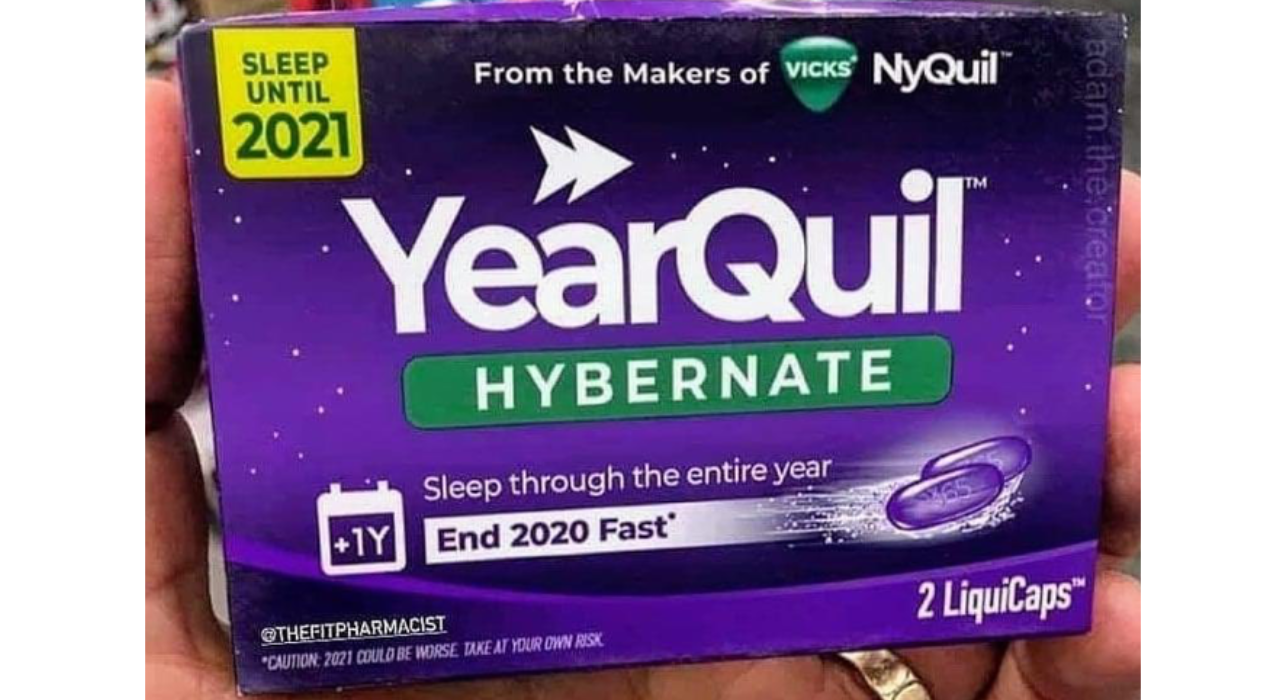Tag: nursing stories
-

The Covid Diary that never was
On March 20, 2020 I created a blog category called, “Covid Diary.” I had just come back from a vacation, and while I was away, the world had changed. COVID-19 went from being a blip on my news feed to a full on worldwide panic. I had this idea in my head that as a…
-
Step One: Model Calm Acceptance
On March 7th my family and I left to go to Costa Rica for vacation. On the days leading up to our departure I (selfishly) kept hoping the COVID-19 numbers wouldn’t spike and we would be able to get onto the plane. My husband got laid off in January and we had paid for the…
-
And you thought your Nursing Orientation was difficult
The other day I was talking to a veteran CCU nurse. She told me that she worked at the hospital where the first defibrillations were studied and performed. Like many health care studies, the testing was done on animals – dogs in this case. She then went on to tell me that one of the…
-
You want fries with that Atropine?
I know there are a lot of nursing students out there, as well as new nurses. I think it’s important to let you know that things do get better, especially if you have any experience waiting tables. With that in mind, here is a follow-up to the worst day ever. Over the weekend I had…
-
God – 1, MICU – 0
The hospital where I work – we’ll call it: GHOAT, “The Greatest Hospital Of All Time” (or so human resources would have us believe) – is often seen as the last stop for some patients. Other hospitals send their patients to my unit when they have run out of options. As a new grad, I…